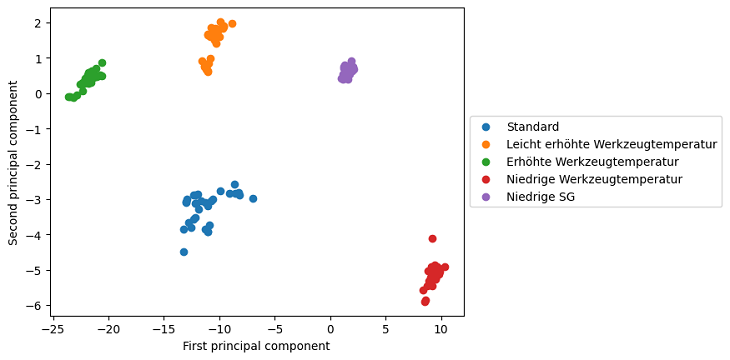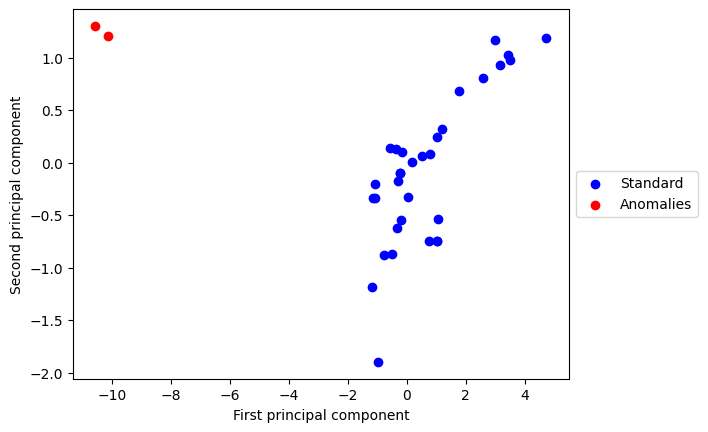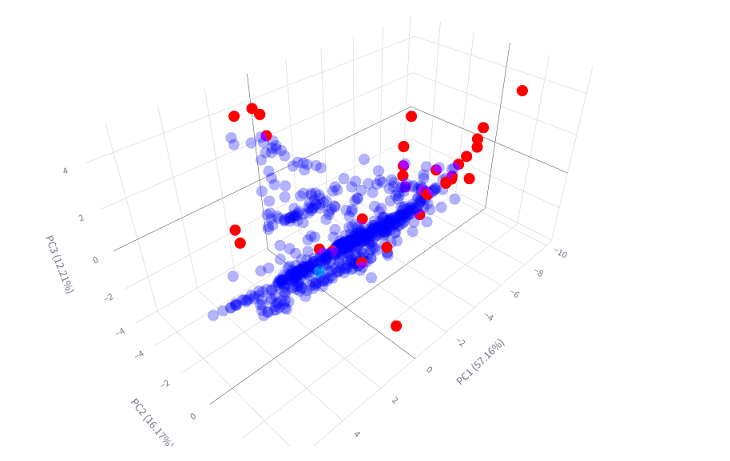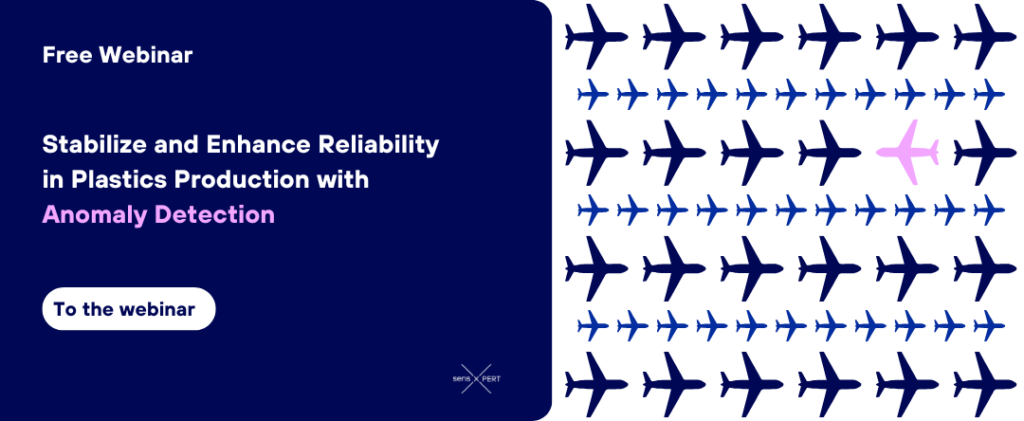Can Anomaly Detection Transform Plastics Manufacturing?
Success Story Featuring Anomaly Detection for In-Mold Coating and E-Mobility Applications
Key Facts
By using sensXPERT’s anomaly detection capabilities during part production, plastics manufacturers can catch material and process deviations before parts go down the rest of the production line.
In an in-mold coating case, it identified drifts with a 0.02% false-positive rate, improving product consistency.
For an e-mobility manufacturer, it flagged material risks early, reducing risk of scrap and enhancing efficiency.
Plastics manufacturers face steep economic pressures, fierce competition, and fluctuating consumer demand. At the same time, material costs can account for up to 70% of a final product’s price, making process transparency and efficient use of materials critical. Traditional solutions like manual tweaks, standard data sheets, even simulation models often fall short because they assume near-ideal conditions and overlook subtle daily variations in material and process behavior.
To combat these challenges, sensXPERT’s real-time dielectric sensor technology, coupled with anomaly detection algorithms, offers a deeper, more dynamic approach. By analyzing live data on material behavior and flagging anomalies as they appear, manufacturers can ensure that even the slightest drifts in process parameters get immediate attention before they impact quality or drive-up costs. The effectiveness of this approach becomes clear through two specific real-world applications.
A Case of In-Mold Coating
In one scenario, a manufacturer wanted to maintain uniform product quality during an in-mold coating process. Operators frequently made small adjustments to machine parameters, but the real effect of these tweaks on part consistency remained a mystery. With multiple variables at play, from pressures and temperatures to storage conditions, it was challenging to pinpoint the precise cause of each deviation.
How sensXPERT Helped
By implementing dielectric sensors and anomaly detection, sensXPERT gathered detailed performance data across 17 different machine parameter settings.

Anomaly detection models quickly highlighted where these parameters drifted from expected norms, catching deviations with an impressively low false-positive rate of just 0.02%. Put simply, almost every flagged anomaly was a true parameter change, with only 0.02% being false detections.

With each drift flagged in real time, operators could confirm final part quality and fine-tune relevant parameters immediately, rather than waiting until defects appeared. This rapid feedback loop gave the production team far more confidence in their adjustments, leading to higher consistency in coating quality and significantly less rework or scrap.
Identifying Quality Risks in E-Mobility
A second use case involved an e-mobility manufacturer who introduced a new material into production. While promising from a performance standpoint, the untested material posed a heightened risk of subtle deviations, ones not always captured by standard data sheets or simulations. The company needed a proactive strategy to quickly isolate potential quality risks before assembly.
How sensXPERT Helped
By integrating sensXPERT’s solution, the manufacturer gained visibility into real-time material behavior and machine data. Whenever a parameter or sensor reading fell outside the norm, the anomaly detection system flagged it for immediate inspection. This proactive alerting allowed the manufacturer to identify and isolate suspect parts early on.

Crucially, each flagged data point became an input into sensXPERT’s advanced machine learning algorithm. Over time, these insights refined the system’s accuracy, improving the recognition of genuine anomalies and enhancing the capacity to make dynamic adjustments to process parameters. In practice, this means fewer production stoppages, lower scrap rates, and an overall boost in efficiency.
Looking Ahead
By pairing real-time material insights with robust anomaly detection, sensXPERT is helping plastics manufacturers achieve a new level of process control. These success stories underscore how swiftly identified deviations, combined with data-driven corrective actions, can lead to more consistent final products, without sacrificing speed or profitability.
As the industry evolves and demands continue to rise, investing in technology that actively monitors and adapts to changing material conditions is becoming indispensable. Manufacturers that leverage solutions like sensXPERT aren’t just improving quality and cost-effectiveness in the here and now; they’re building the flexible, data-driven processes that will keep them competitive long into the future.
Discover More About Anomaly Detection in Plastics Manufacturing
